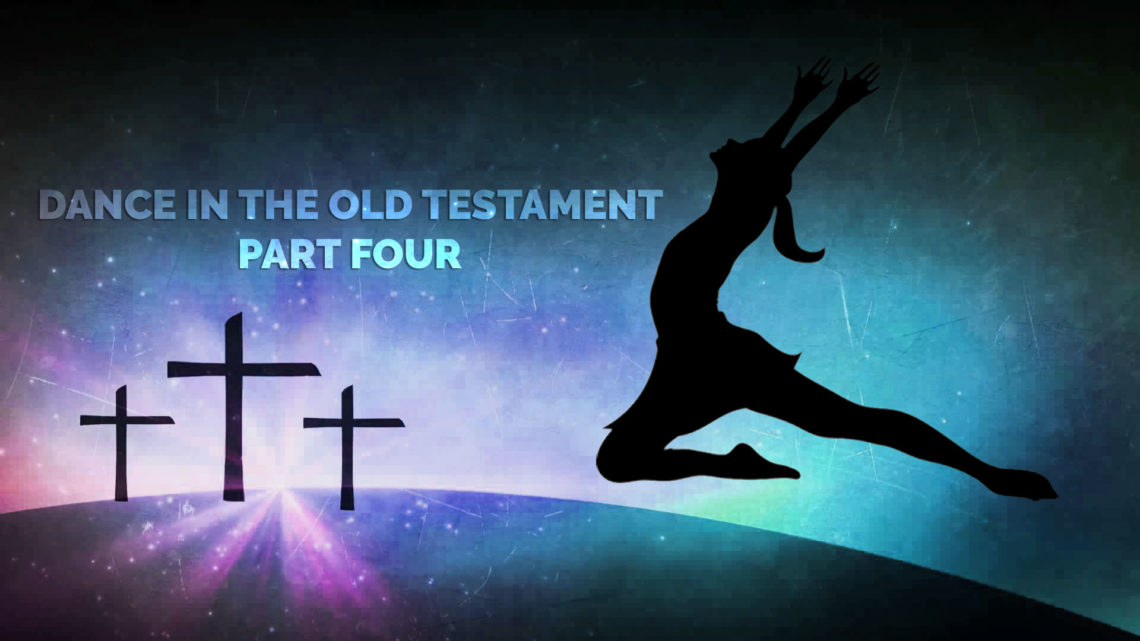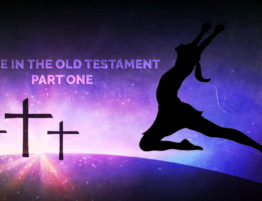
The Brazen Altar foreshadowed the sacrifice of Jesus at Calvary when He shed His blood for our sins. The Brazen Laver was made of the looking glasses of the women of Israel and contained water. The washing of the priests at the Brazen Laver before entering the Inner court means that we are to continually wash our souls by the water of the Word of God and especially before stepping out to minister (Eph.5:26). The Shewbread in the Inner Court represented the twelve tribes of Israel (Ex. 28:10-12); the Church (1 Cor. 10:17), and Christ as the Bread of Life (John 6:48).
The Golden Candlestick made of pure gold, symbolised Jesus, the Light of the world. The oil inside of it symbolised Holy Spirit and the anointing and the seven candles represents the seven churches (Rev. 1:13-20). It also means that now, since Holy Spirit lives in us, we are the light of the world as Jesus said and we should always be filled with His anointing so that we could continue to shine for Him. The Golden Altar of Incense “was filled with the fragrance of the spices representing the intercession, worship and prayers of the people [Heb. 13:15]…as we offer the sacrifice of praise as an incense to God, He accepts our sacrifice by inviting us into the Holy of Holies as He inhabits the praises of His people (Ps. 22:3).”
In the Most Holy Place, the Ark of the Covenant housed the visible Presence of God, the “shekinah”. It contained a golden pot of manna, two tablets of the law and the rod of Aaron that budded. Manna represents Jesus, the Bread of life and also the Word that we are to meditate on daily [Ps.1:2]. The tablets of the law represents the law of God that is now written on the tablets of our hearts [Heb. 8:10]; and the rod of Aaron represents being divinely appointed by God [Jer.1:4]. It is also symbolic of Jesus Christ, the Messiah. “The Mercy Seat, made of solid gold, covered the Ark of the Covenant. It [means] that mercy triumphs over judgement because Jesus intercedes for us to the Father by sprinkling His blood for us over the Mercy Seat.” (Taken from pgs. 22-24)
In contrast to the Tabernacle of Moses, the Tabernacle of David represented the dispensation of grace. In the Tabernacle of David, there were no divisions in the physical layout of Temple and the furniture items that were present in Moses’ Tabernacle, were not required here; including no veil blocking the Ark of the Covenant. There were also no sacrifices that had to offered by the priests (pgs. 25-27). There was free access to anyone who had a desire to seek the Lord. The priests were appointed for functions much like what we see today in churches; so that “decency and order still existed” (I Cor. 14:40), but I believe “order” flourished through a Spirit of liberty. There was singing, dancing, playing various instruments, prophetic singing etc. Below is a table that shows the activities that were present in David’s tabernacle and its co-relation in the New Testament; taken from “Rejoice, A Biblical Study of the Dance” by Debbie Roberts (pgs. 50-52):
WORSHIP OLD TESTAMENT NEW TESTAMENT
Song I Chron. 15:16-17 Col. 3:16
Instruments I Chron. 25:1-7 Eph. 5:18-19
Recordings I Chron. 16:4 Rev. 1:10-11
Thanking I Chron. 16:4, 8 I Thess. 5:18
Praise I Chron. 16:4, 36 Heb. 13:15
Levitical Praise I Chron. 16:37 Heb. 6:19-20; 10; 19-21
Psalm singing I Chron. 16:7 Jam. 5:13; I Cor. 14:26
Joy & Rejoicing I Chron. 16:10, 27, 31 Acts 13:52
Clapping Psalm 47:1
Shout I Chron. 15:28 I Thess. 14:16
Dance Psa. 149:3 Luke 15:25
Lifting of Hands Psa. 134:2 I Tim. 2:8
Bowing worship I Chron. 16:29 John 12:3
Seek the Lord I Chron. 16: 10-11 Acts 15:17
Spiritual sacrifices Psa. 27:6, 116:17 I Pet. 2:3-5
Amen blessing I Chron. 16:36 I Cor. 14:16



